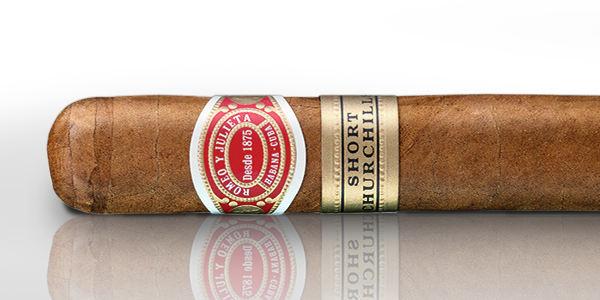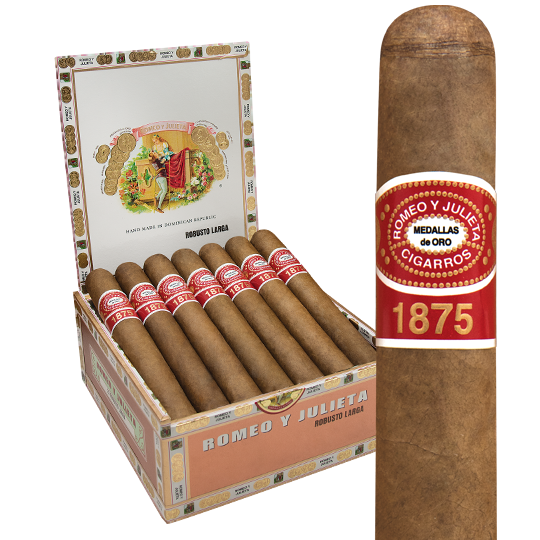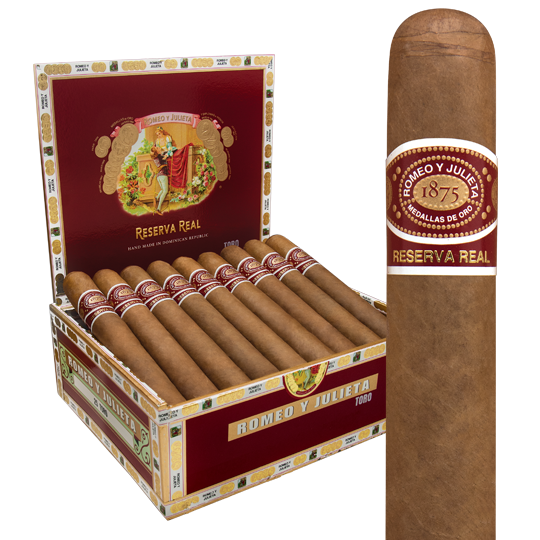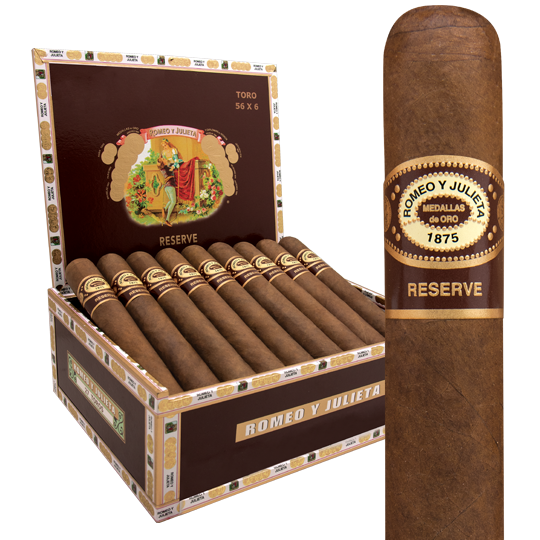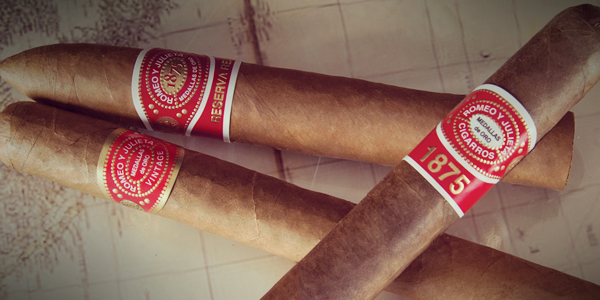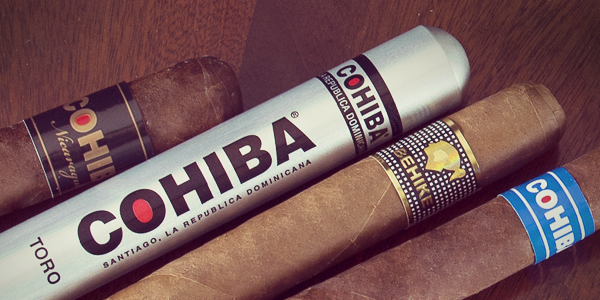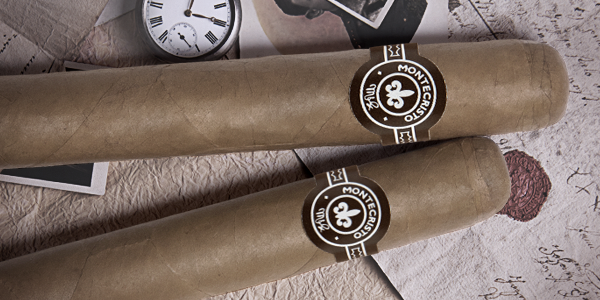Romeo y Julieta: Cuban vs. Dominican Cigars
I believe the first time I smoked a Cuban Romeo y Julieta Churchill was in the 1980s, but the one I remember best was in 1995. I was vacationing in Vancouver and, after a large Italian dinner one night, our group retired to a bar that was welcoming of cigar smokers. (Yes, things have changed.) The bar’s humidor had about 10 different Cuban cigars in it and I picked the Romeo y Julieta Churchill. I was not disappointed. The next day, I bought a box of the cigars for myself and six more for friends back in the US. I think the statute of limitations has run out, so I can comfortably tell you I secured the boxes, wrapped tightly in plastic, in the tire well of a rental car and covered the loot with heavily garlicked leftover Chinese food from the previous night’s dinner. If the dogs at the border smelled anything as we crossed from Canada into Blaine, Washington, it was likely bok choy and chicken drowned in alliums. But that’s a tale for another time.
Since that flagrant customs violation, I have smoked many more Romeo y Julieta cigars, both Cuban and the non-Cuban brand made in the Dominican Republic. As you might imagine, there is a significant difference between the two cigars. That Churchill, 7 x 47, I smoked back in 1995 was maybe one of the best produced by Cuba in recent memory. I remember it as rich, spicy and possessing of clear notes of chocolate. (It helps that I keep notes on the cigars I smoke.) Researching for this article, I found that Cigar Aficionado gave the Churchill a 94 in 1993 and a 92 in 1995. Unfortunately, like many things do as one gets older, the experience is nearly impossible to repeat.
I have recently smoked some Cuban Romeo y Julietas, but picked up a Churchill only a few weeks ago. The cigar box had a 2017 production date on it. So, this cigar had already aged more than a year after being rolled. I enjoyed it, but it was different. Gone was the chocolate, replaced with fruit tones and some cedar. The draw, as with many Cuban cigars, was a little too tight. I wasn’t getting a lot of smoke coming through until I performed a little surgery with a matchstick. That broke up the knot near the head of the cigar. Overall, the flavor was good, but it wasn’t as powerful a cigar as the one from 1995. Maybe my expectations were too high. Other Romeo y Julietas from Cuba that I’ve tried have been good as well, but not memorable. About eight years ago, the company took to capitalizing on the Churchill name by creating versions called ‘Petit Churchill,’ ‘Short Churchill’ and ‘Wide Churchill.’ The wide one, a fat Robusto, 5 1/8 x 55, is a bit more to my liking. It has come the closest to the 1995 Canada experience in its spiciness. But it’s a hit to the purse, selling for about $32 in Mexico and I think I got a deal.
Overall, these days, I would call the Cuban Romeo y Julieta a mild-medium cigar. There are still maddening inconsistencies in construction, but the flavor is distinctively Cuban.
The Dominican Romeo y Julieta Churchill 1875 is a solid mild-medium cigar and one that very favorably compares with its Cuban cousin. In this 7 x 50 vitola, I tasted some coffee and leather. This version carries a shade-grown Sumatra wrapper, which I generally love and which makes itself known by contributing some spice. This is not as complex a cigar as the Cuban one, but it draws and burns perfectly and sells for less than $8. Again, the Robusto in the Dominican version, called the ‘Bully,’ is the one I smoke more often as it has a bit more complexity and a lot of creaminess.
One of the great advantages of non-Cuban legacy cigars is that they offer way more variety. In the case of Romeo y Julieta, the Reserva Real carries a little more power and spice contained in a beautiful Ecuador Connecticut wrapper. The Churchill here is also 7 x 50. I think that helps make the blend more interesting. Delicious for $8.
Wanna go for a little more oomph? There’s the Romeo y Julieta Reserve. It’s a medium-full blend of Honduran filler inside a Nicaraguan wrapper. The Churchill here is a touch fatter at 7 x 54 and only a little more than $7 a stick. It’s got that usual sweet edge you get in many Nicaraguan cigars. Make sure to include this in your tastings.
So, what’s it gonna be? I always think it’s fun to taste the Cubans and the non-Cubans side-by-side. Today, you don’t have to hide your Cuban cigars under a cloud of garlic to get them into the US. It’s legal to bring back a certain amount of Cubans when you’re traveling abroad. It’ll still hurt to buy a $36 Cuban Romeo y Julieta Churchill, but you’ll make out on the non-Cuban ones at around $8. If you’re like me, you’ll see the greater value.

